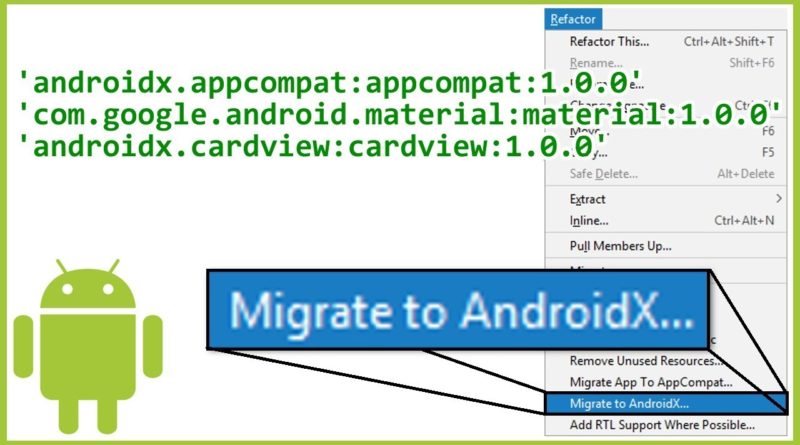
If you want to maintain Eclipse’s directory structure instead, you’ll need to export your project from Eclipse.

The Android Studio importer also restructures your project based on the new Gradle directory layout. These changes include replacing any JAR files and libraries with Gradle dependencies, and replacing source libraries and binary libraries, with Maven dependencies, so you no longer need to maintain these files manually. When you use Android Studio’s importer, it automatically makes some changes to your Eclipse project, which are designed to get your project up and running in its new IDE. This method is the quickest, and usually the easiest way to migrate a project. Or, you can import your Eclipse project directly into Android Studio, without performing an export first.īoth approaches have certain advantages and disadvantages, which you need to take into account when deciding how to migrate your project. Firstly, you can export your project from Eclipse, use ADT to generate the necessary Gradle build file, and then import this project into Android Studio. You have two options for migrating an Eclipse project to Android Studio. If you’re eager to try Android Studio, there’s no reason why a half-finished Eclipse project should hold you back! Thanks to the Android Studio importer and Eclipse’s export functionality, migrating an Eclipse project to Android Studio is relatively straightforward.

If you’re currently working on an Android project in Eclipse, you may be wondering whether you should finish this project first, before making the leap to Android Studio – or whether it’s easy to migrate an existing Eclipse project to Android Studio. Despite Android Studio’s ‘beta’ status, it’s still an IDE that’s worth exploring, even at this early stage.


 0 kommentar(er)
0 kommentar(er)
